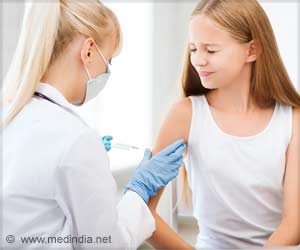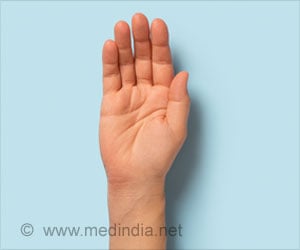Green spaces may reduce racial disparities in health outcomes. But no studies looked at the effect on disparities in infectious diseases.
Researchers identified 135 of the most urbanized counties in the U.S., with a total population of 132,350,027, representing 40.3% of the U.S. population.
Infection data from county health departments from late January to July 10, 2020 was collected, and used to calculate the infection rates for Black and white residents of the counties, while controlling for differences in income, pre-existing chronic diseases and urban density.
Average infection rate for Black residents was more than twice that of white residents – 497 per 100,000 people for white individuals versus 988 per 100,000 people for Black individuals.
The researchers compared the infection rates of each population within each county, rather than across all the counties studied. The county-level comparison Is critical because it can minimize the bias caused by differences of socioeconomic, transportation, climate and policy conditions among counties, they said.
Sullivan, Jiang and Lu said several factors could account for the findings. They proposed that a greater proportion of green spaces in a county makes it more likely that Black and white individuals have more equal access to the green spaces and the accompanying health benefits.
“In many, many counties, Black folks have less access to green space than white folks do. In counties with more green space, that disparity may be less, and it may help account for some of the positive benefits we’re seeing,” Sullivan said.
Access to green spaces attracts people outdoors, where air movement and the ease of social distancing can reduce the spread of the virus. It promotes physical activity, enhance the immune system, reduce stress.
They strengthen social ties, decrease infection risk by improving air quality and decreasing exposure to air pollutants in dense urban areas.
“We did not measure these things, but we know from previous research that all these things are tied to green spaces and have implications for health and well-being,” Sullivan said.
Jiang described green space as preventive medicine, encouraging outdoor physical activity and social ties with neighbors that will boost the immune system and promote social trust and cooperation to reduce risk of infections.
While the study looked at infection rates in the U.S., “we also think the racial disparity issue is not just an American issue. It’s an international issue,” Jiang said.
Local and regional governments should invest in the development of green spaces, Sullivan said.
“One of the things the pandemic has helped us understand is that the built environment has real implications for the spread of disease and for our health.
The design of landscape in cities, in neighborhoods, in communities also has really important ways it can contribute to or detract from health and well-being,” he said.
“There is a lot of competition for investment of public dollars. Lots of times, investments in parks and green spaces are prioritized lower. People think it makes a place look pretty and it’s a place to go for walks.
What we’re finding is these kinds of investments have implications for health and well-being.”
Source: Medindia



